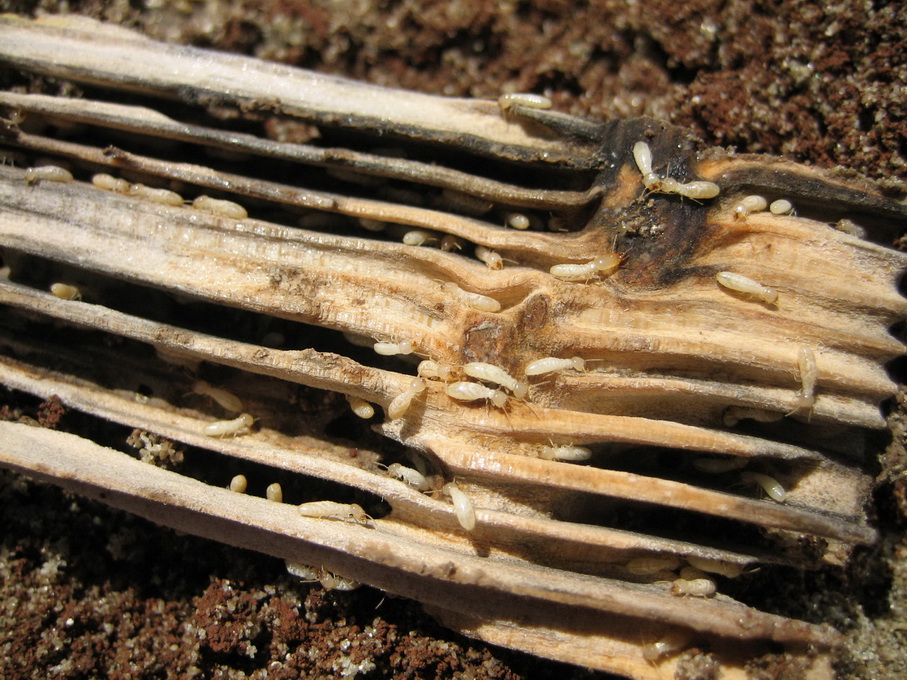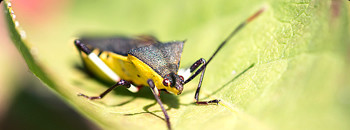(Reticulitermes hesperus)
Written by: Robin L. Tabuchi, Research Entomologist, University of California, Berkeley.
Imagine you are buying a house and it’s time for the pest management professional (PMP) to conduct an inspection. When you get the report, you are disappointed to learn the house has subterranean termites. You are now reconsidering the purchase and anxiously searching the web for information on termites. The scenario is much more common than you might think. For example, it’s estimated that 1 in 5 homes in California have been or will be munched on by subterranean termites.
Subterranean termites live underground and build tunnels to access above-ground wood. They are social insects and live in colonies with a queen and king, workers and soldiers. Each member of the colony has its own job to ensure survival. Mature colonies can range from 5,000 to 500,000 individuals.
Fun Fact: In order to create new colonies, winged termites fly on warm, sunny days following rain in late spring and fall. They pair as kings and queens, shed their wings and burrow into the soil. A queen can live many years, but once she dies, it doesn’t necessarily mean the colony dies. There are additional members of the colony that begin to lay eggs.
How do you treat a house for subterranean termites? When treating for subterranean termites, it’s imperative to treat the whole colony — not just those that are foraging on the wood in the house. Treating infestations usually requires an integrated pest management approach; using methods such as habitat modification, physical and chemical barriers, and baiting. Each particular house will have a different treatment plan. Treatment options depend on variables such as the type of foundation, soil content, where the infestation is located in the structure, and personal preference. Talk to a pest management professional about the different treatment options and costs best suited for your situation.
How soon do I need to treat? A Western subterranean termite colony eats less than an ounce of wood per day. In comparison, Formosan subterranean termite colonies (found in Southern states) can consume a pound of wood per day. This would represent an 8-foot-long 2×4 every two weeks. So, depending on how bad the infestation is and if there is structural damage or not, you may have time. Consider your treatment options and get multiple quotes. Many times you can negotiate treatment costs to be paid by the seller.
Armed with information you are now ready to make a decision about the house. Western subterranean termites are common, but finding the perfect house is rare. Even if you find a house that is free from termites, remember this: Individual subterranean termites can travel many feet per day. A single colony can forage from a distance of several feet to more than 100 feet. So, as long as we build our houses out of wood, you will likely encounter subterranean termites. Fortunately, controlling them with an integrated pest management (IPM) approach will greatly decrease your likelihood of experiencing severe subterranean termite damage.


